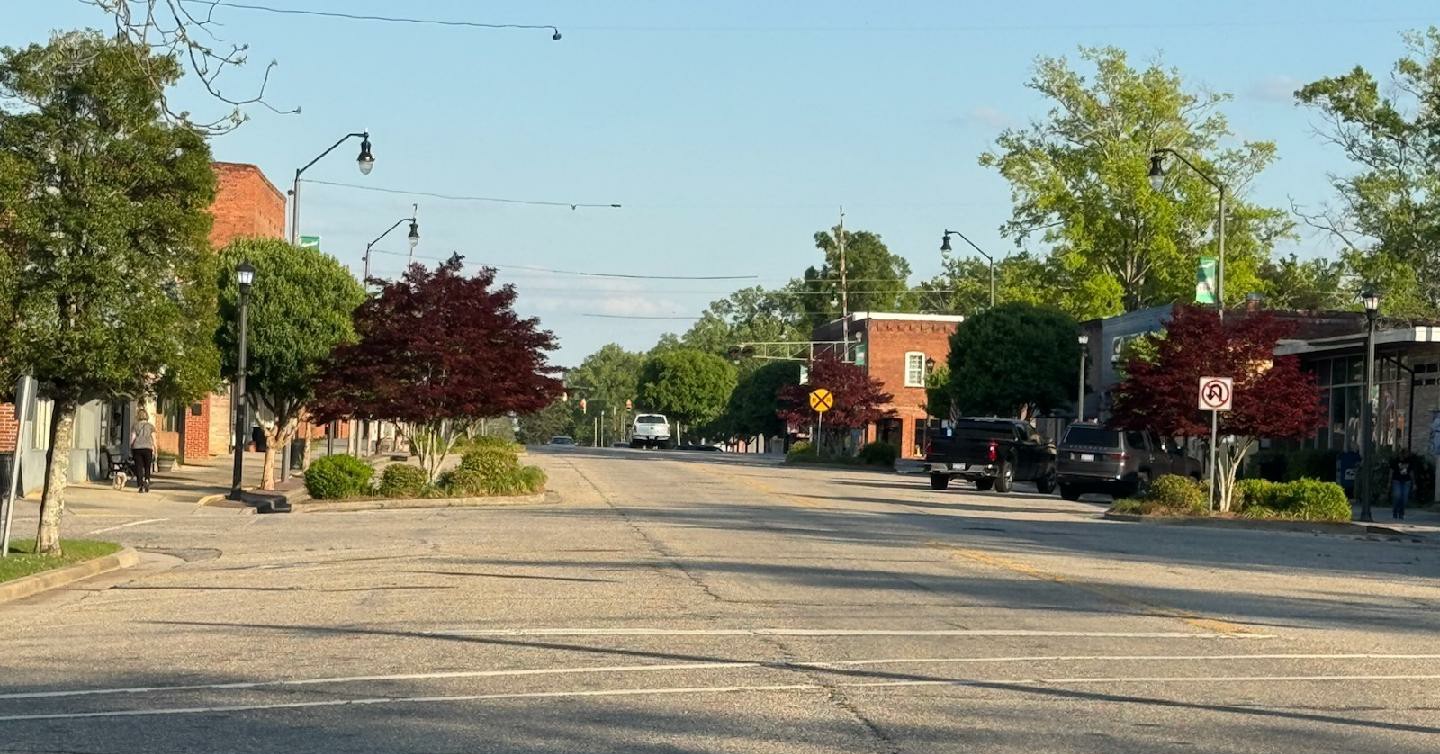FEMA and the U.S. Department of Health and Human Services (HHS) are encouraging everyone to plan and act now to protect themselves against the dangers of heat-related illness and death. Extreme heat is the leading cause of death among all weather-related hazards in the U.S., but this health impact is largely preventable. The Centers for Disease Control and Prevention (CDC) estimates that at least 1,220 people in the U.S. are killed by heat events each year. Older adults, young children and those individuals with health conditions, such as asthma or diabetes, are at a greater risk for heat-related illnesses.
FEMA Administrator Deanne Criswell and ADM Rachel L. Levine, MD, HHS’s Assistant Secretary for Health teamed up to create a PSA highlighting the importance of staying cool, staying informed and being #SummerReady during heat waves.
“Extreme heat is an increasing concern, and we are continuing to highlight the importance of mitigating its impacts,” said Administrator Criswell. “Partnering with HHS to make sure that people have the information and resources they need to stay safe and make decisions that are right for them and their families is a big focus for us right now.”
“2023 was our hottest year on record. That may be the coolest year we see moving forward as temperatures continue to rise. We must work proactively to protect people from extreme heat,” said Assistant Secretary Levine. “The good news is that climate solutions are health solutions – they can confer immediate benefits to health and health equity. Together, we can beat the heat.”
Tips to Stay Safe During Extreme Heat
Stay Hydrated. Drink plenty of water even if you do not feel thirsty and avoid drinks with caffeine. If you have certain medical conditions, are on fluid-restricted diets or have a problem with fluid retention, consult a doctor before increasing liquid intake.
Know Your Cooling Options. Identify places in your community where you can go to get cool. Find locations of cooling options near you from local authorities by calling 2-1-1 and from local media reports.
Never Leave Another Person, Child (or Pet) in a Parked Car. Always check your car to make sure all persons (and pets) are out of it before leaving and locking it.
Recognize and Act if Signs of Heat-Related Illnesses. Know the signs of heat-related illnesses (heat exhaustion and heat stroke) and ways to respond.
Heat Exhaustion: If you or someone else is showing symptoms of heat exhaustion and need medical attention, contact a health care provider for advice. If possible, move the person suffering from heat exhaustion into a cool, shaded area; mist them with cool water while fanning them; give them water to drink and elevate their feet. Signs of heat exhaustion include heavy sweating, paleness, muscle cramps, tiredness, weakness, fast or weak pulse, dizziness, headache, fainting, nausea and vomiting.
Heat Stroke: If you or someone else is showing symptoms of heat stroke, call 9-1-1 and follow 9-1-1 recommendations. Stay until emergency services arrive. While waiting for help, if possible: move the person suffering from heat stroke into a cool, shaded area; remove any outer clothing; place a cold wet cloth or ice pack on the head, neck, armpits and groin, or soak the person’s clothing with cool water; elevating their feet.
FEMA Resources to Protect Communities for Future Heat Waves
Hazard Mitigation Grant Program (HMGP): While a major disaster declaration is required before a state, Tribal Nation or territory is eligible for HMGP assistance, mitigation measures may address any natural hazard, including extreme heat.
Building Resilient Infrastructure and Communities (BRIC): BRIC grant funding may be used to mitigate risks posed by all natural hazards, including extreme heat.
Safeguarding Tomorrow through Ongoing Risk Mitigation Revolving Loan Fund (RLF): These grants award low-interest loans to communities that provide hazard mitigation assistance for local governments. Unlike other mitigation programs, the Safeguarding Tomorrow RLF is explicitly authorized to address extreme heat.
HHS Resources to Protect Communities from Extreme Heat
The Heat and Health Index (HHI): The index helps communities prepare for heat events and prevent heat-related illness. The HHI is the first nationwide tool to use heat-health outcome data at the ZIP code-level to identify communities at highest risk. It also includes analysis of tree canopy, vehicle access, sociodemographic characteristics, pre-existing health conditions, historical heat and health burden, and other environmental factors.
Tools to Help Forecast and Document Climate-Related Threats: The tools include an EMS Heat Tracker that maps local emergency responses to heat-related illness and the Office of Climate Change and Health Equity’s (OCCHE) Climate and Health Outlook Portal.
Quick Guide for Clinicians on Heat and Health: The guide helps physicians and medical centers prepare and respond to heat emergencies.
Low Income Home Energy Assistance Program (LIHEAP): The program provides federally funded assistance to reduce the costs associated with home energy bills, energy crises, weatherization and minor energy-related home repairs.
A Full List of Heat and Health Resources That Can Help: The list can be found at 2024 HHS Resources on Heat and Health.
Visit www.ready.gov or www.listo.gov for more extreme heat information and safety tips.







